
Combating Aids in townships with World Cup bus

Aid workers in a special bus in the World Cup colours visit disadvantaged schoolchildren of Port Elizabeth to raise awareness of Aids in South Africa.
The immune deficiency disease is hitting hard in the Eastern Cape province, as well as in the rest of the country. South Arica has 5.7 million people – or 12 per cent of the total population – infected with HIV/Aids according to official figures. The United Nations puts the figure considerably higher.
Of the 1,006 children attending the Charles Duna Primary School in the township of New Brighton, 30 are HIV-positive.
Two years ago, an epidemic of tuberculosis, a disease which seems to single out people infected with HIV/Aids, claimed several victims in the school, says the head teacher Sume Nombulelo.
But for her, Aids is sadly just one worry among others.
On this Tuesday morning in February, the headmistress – a woman of impressive energy – is trying to solve a more elementary problem. Because of low mains pressure, the school is virtually without water.
Two toilet blocks out of three have had to be closed, and the two outside taps are under constant supervision by a teacher to avoid wastage.
“This happens a lot. The plumbing has not been renewed since 1995, the year when separate education for blacks and whites officially came to an end.
“The municipality and the Ministry of Education keep passing the buck, but nothing gets done,” Nombulelo says.
Prevention through sport
The water shortage comes at a bad moment. Large numbers of Charles Duna Primary’s pupils are sweating it out on the sports field adjacent to the school.
Organised by a dozen or so young European volunteers, who have arrived in a Fun Bus, to the great curiosity of the township, scores of five to 14 year olds are playing football, rugby or cricket, the country’s three most popular sports.
In one corner of the sports field, where stones are more in evidence than blades of grass, Nwbane, Siwe and Ntosh are running exercises.
The aim of th e three full-time employees of Umzigisi – local partner of the Swiss-based NGO Imbewu – is to strengthen the team spirit and self-esteem of young people lacking a framework of values.
Ignorance at the top
After sport, it is time for prevention. The children are gathered in a classroom.
“How many people are affected by Aids in South Africa?”, begins Ntosh, speaking in both English and Xhosa, to make sure they understand.
Apparently, the lesson given a fortnight ago was well learned, as the majority get it right: one in eight. A high national average, but still well below the reality in a township such as New Brighton.
Then, several times, to really drive the message home, the 50 children repeat in chorus the word “condom”, the only effective way of fighting the pandemic. Practical exercises in using a condom are reserved for children aged 14 and over.
A very simple message, but maybe not so easy to get across in a country headed by a polygamous president who recently caused controversy by having a child – his 20th – with the daughter of one of his friends.
In 2006, when he chaired the national committee set up to combat Aids, Jacob Zuma stated that he took a shower after unprotected sex to “minimise” the risk of infection.
Showing determination
But since his election as president last year Zuma has since shown greater determination to tackle the disease.
Not long ago the health minister of his predecessor advocated a diet rich in fruit and vegetables rather that the use of antiretroviral drugs.
From April, all babies under one year of age who are carrying the virus will receive a free course of treatment, and pregnant women will be treated earlier to prevent the virus from being transmitted to their offspring.
The government’s target is to halve the number of new infections by 2011. But at present almost a million people in South Africa still do not have access to antiretroviral drugs (ARV).
Of the 30 HIV-positive pupils at Charles Duna Primary, only ten are being treated with ARVs, currently supplied only to persons whose immune system has been significantly weakened by the disease.
The distribution of condoms, meanwhile, presents no real problems, according to the Umzingisi managers.
The work, performed mainly by NGOs, is geared to young people – a generation that has not been morally ravaged by more than four decades of apartheid.
By hammering home their prevention message in all the disadvantaged schools in the province, Nwbane, Siwe and Ntosh hope to gradually bring about a change of mentality.
But ignorance, alcohol and drug abuse, prostitution, promiscuity and gang rapes are serious obstacles to the rapid eradication of the disease.
Faced with massive unemployment – more than 70 per cent in New Brighton – and far from encouraging economic and social prospects, South Africa will have trouble in meeting its target.
Samuel Jaberg in Port Elizabeth, swissinfo.ch (adapted from French)
Located on South Africa’s southern coast, Port Elizabeth is known as the City of Winds.
It is the capital of South Africa’s automotive industry, which employs tens of thousands of people. Affected by the crisis in the car industry, the city is trying to diversify its economy and is promoting tourism.
With 1.3 million inhabitants, it is the country’s fifth-largest city. Nearly 800,000 people live in townships northeast of the city. It is one of the cities that will host Fifa’s first World Cup on African soil.
Switzerland’s football team will play their second group match against Chile on June 21 in Port Elizabeth.
The newly built Nelson Mandela Bay Stadium, cost of more than SFr300 million, and seats 48,000 people.
43% of the population in South Africa lives on less than $2 a day.
The official unemployment rate is 24.5%, but in actual fact it is estimated to be at least 40%.
Last year, about 260,000 jobs were cut, affecting notably young black men with temporary employment.
13 million – out of about 48 million – people in South Africa depend on welfare payments.
The average monthly income has risen by 37.3% for black South Africans since 1995. White South Africans saw their income increase by 83.5% on average.
50% of the South African population live in conditions of a developing country, while 13% enjoy a standard of living of an industrialised country, according to the World Bank.
37% of the population have neither access to fresh water nor to electricity, one in four has no primary school education.
Life expectancy has dropped by ten years over the past decade. On average people die at the age of 50. 18% of people aged 15-49 are HIV positive.

In compliance with the JTI standards
More: SWI swissinfo.ch certified by the Journalism Trust Initiative














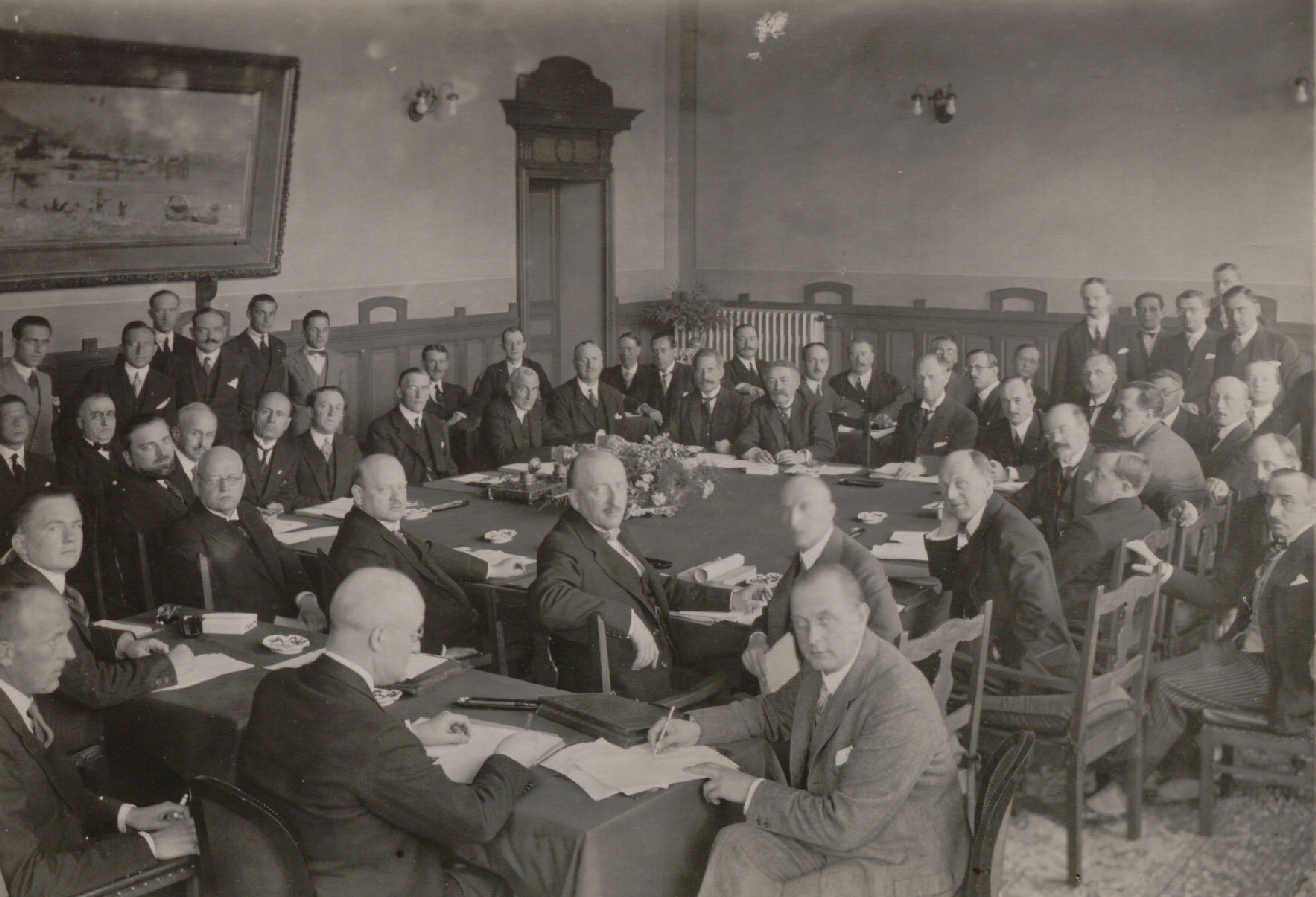

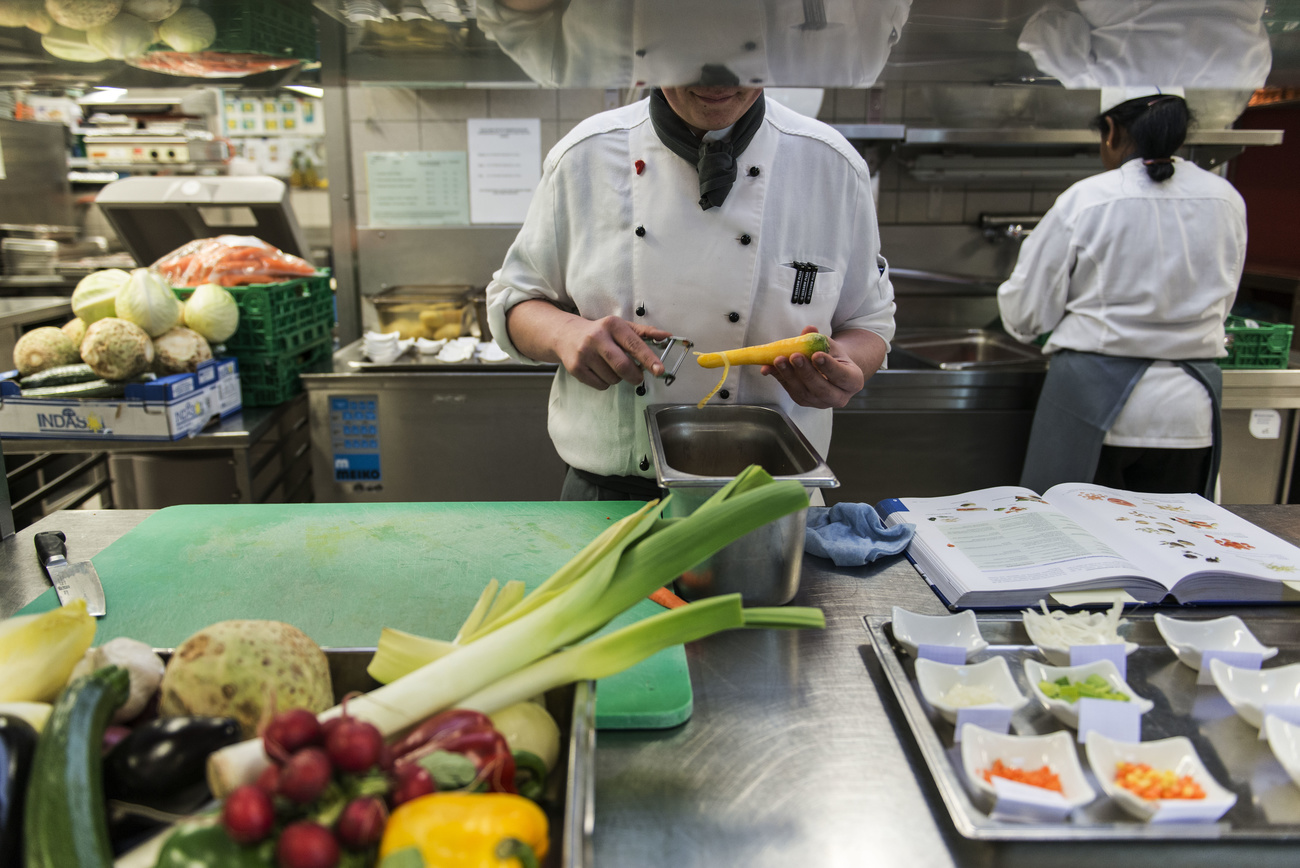



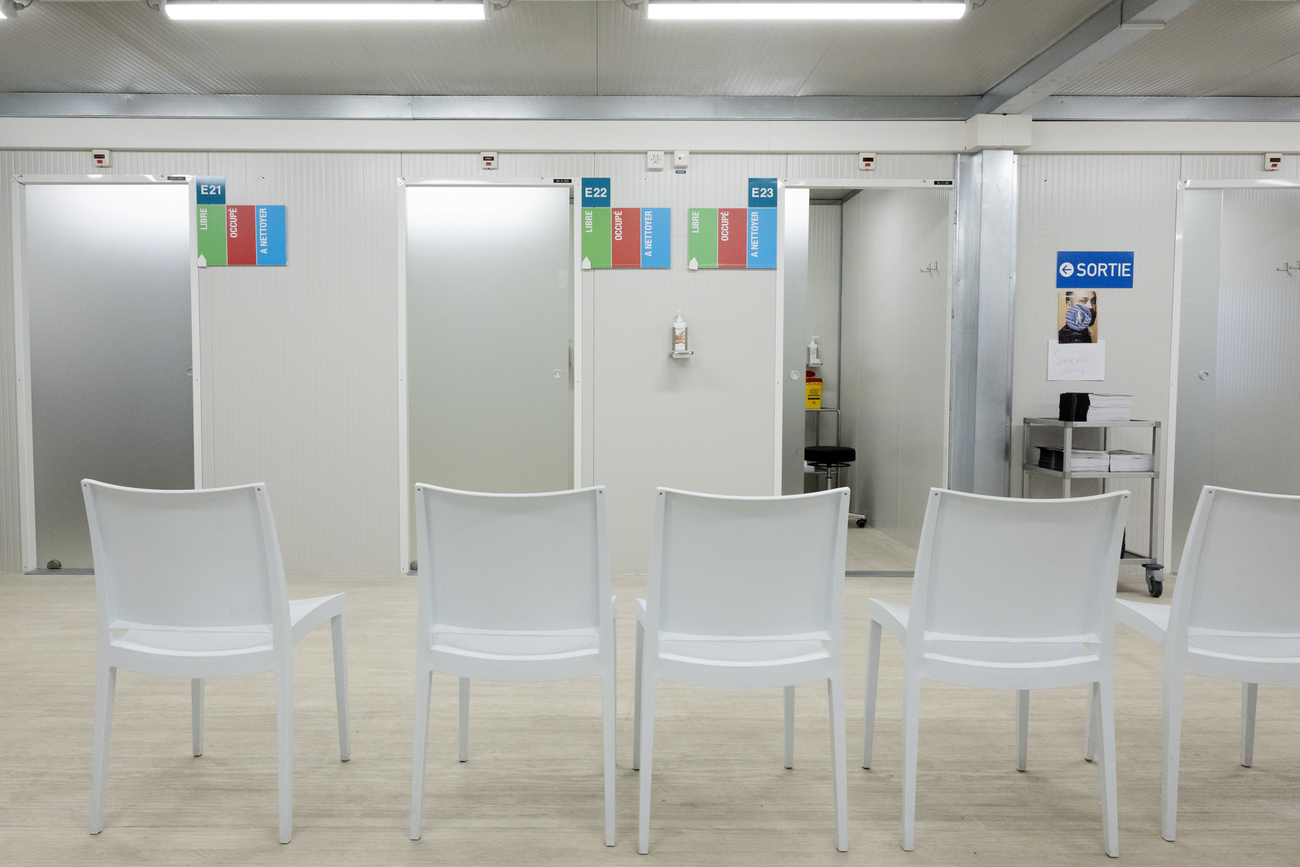



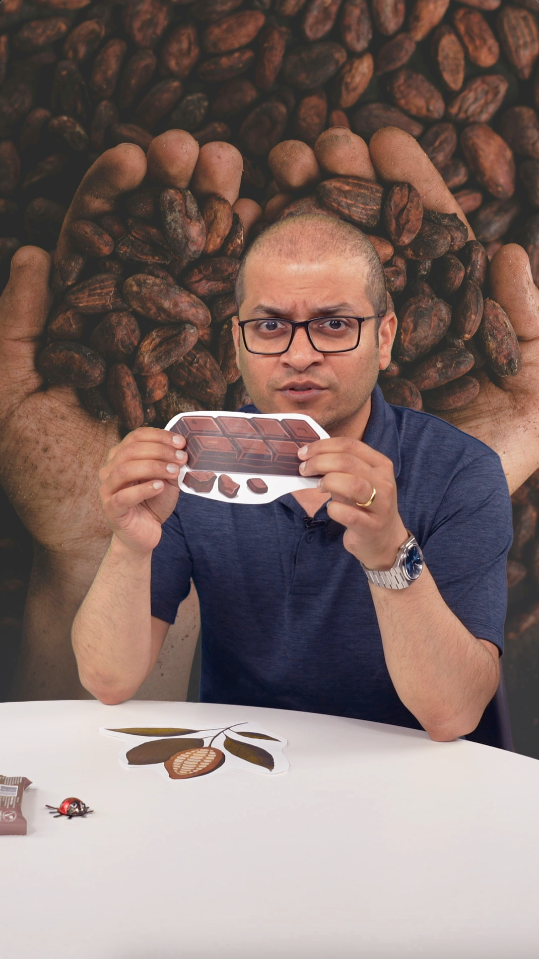








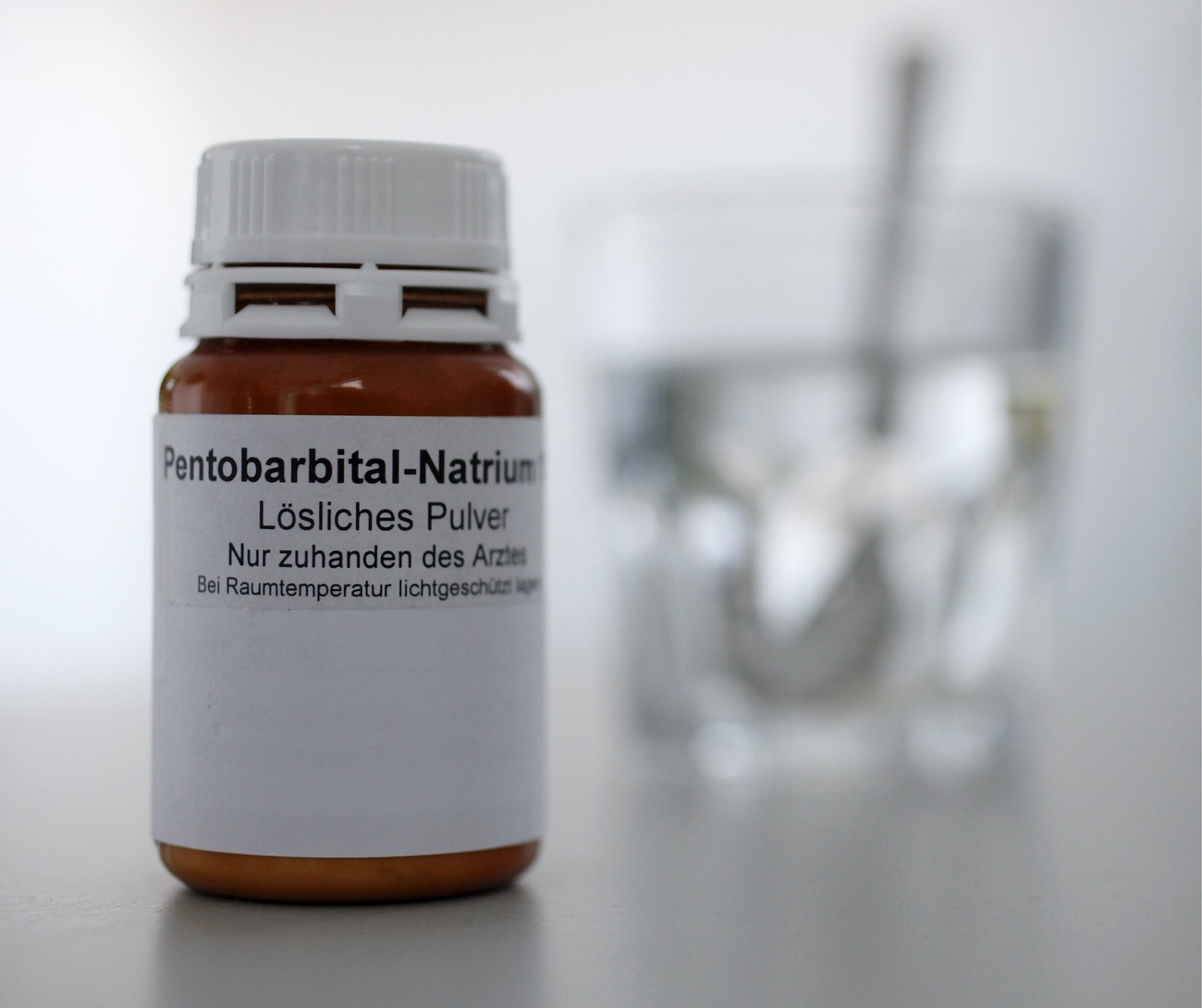

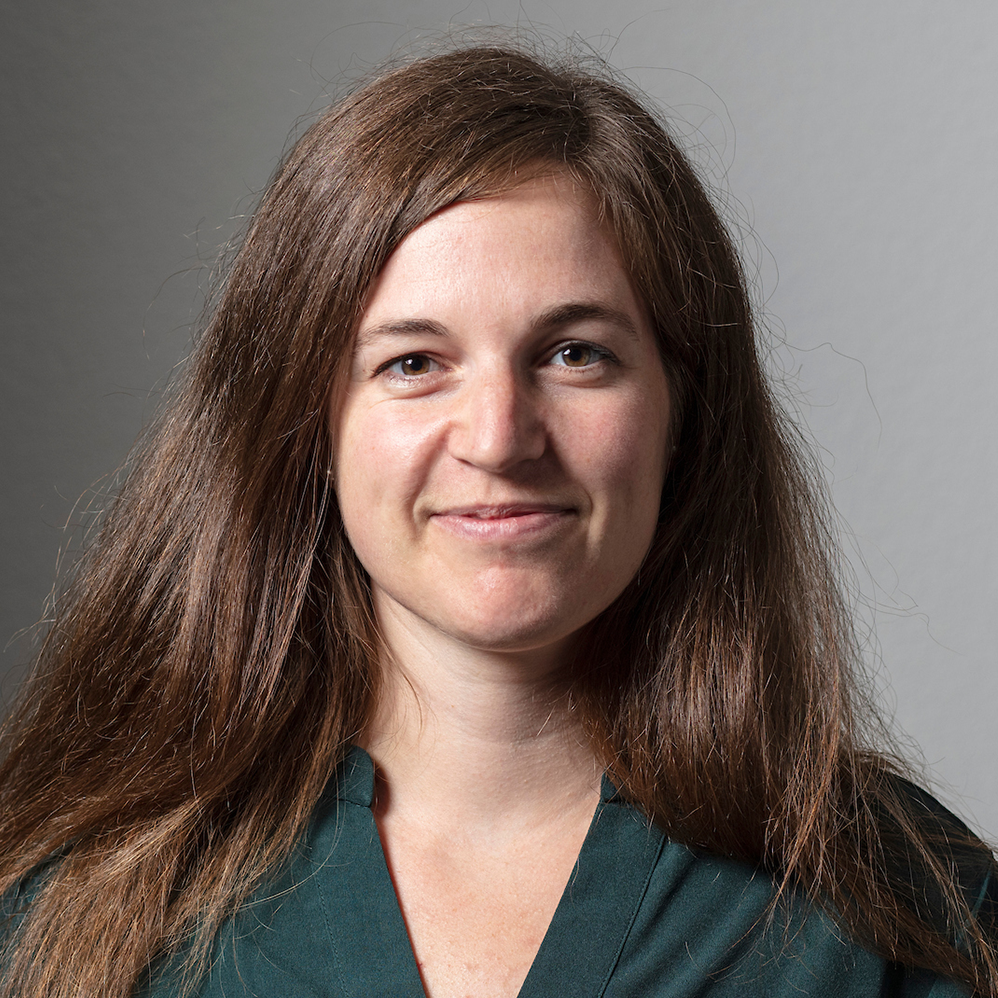


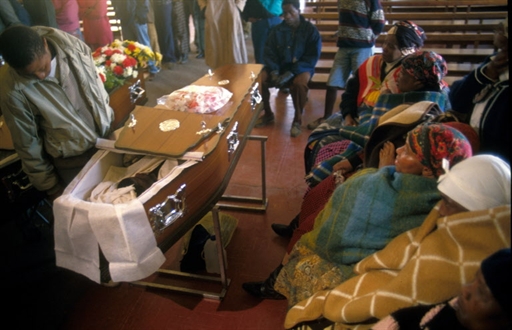
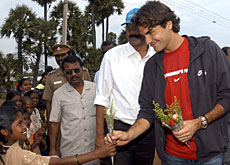


You can find an overview of ongoing debates with our journalists here . Please join us!
If you want to start a conversation about a topic raised in this article or want to report factual errors, email us at english@swissinfo.ch.